Ugo Cei is an IT professional that caught the bug of photography and now spends every free minute he has taking photos and uses every business trip or vacation as an opportunity to create new images of foreign cities and natural landscapes.
He loves to travel and show the beauty of the world and its inhabitants to everybody. He believes that this is really an amazing planet we live on and every place and every culture possesses beauty that deserves to be shown. To share his vision, he recently started offering photography workshops through Mediterranean Photo Tours.
You can see some of his work on 500px or on his website. This post originally appeared here, and is being republished on 500px ISO with express permission from Ugo.
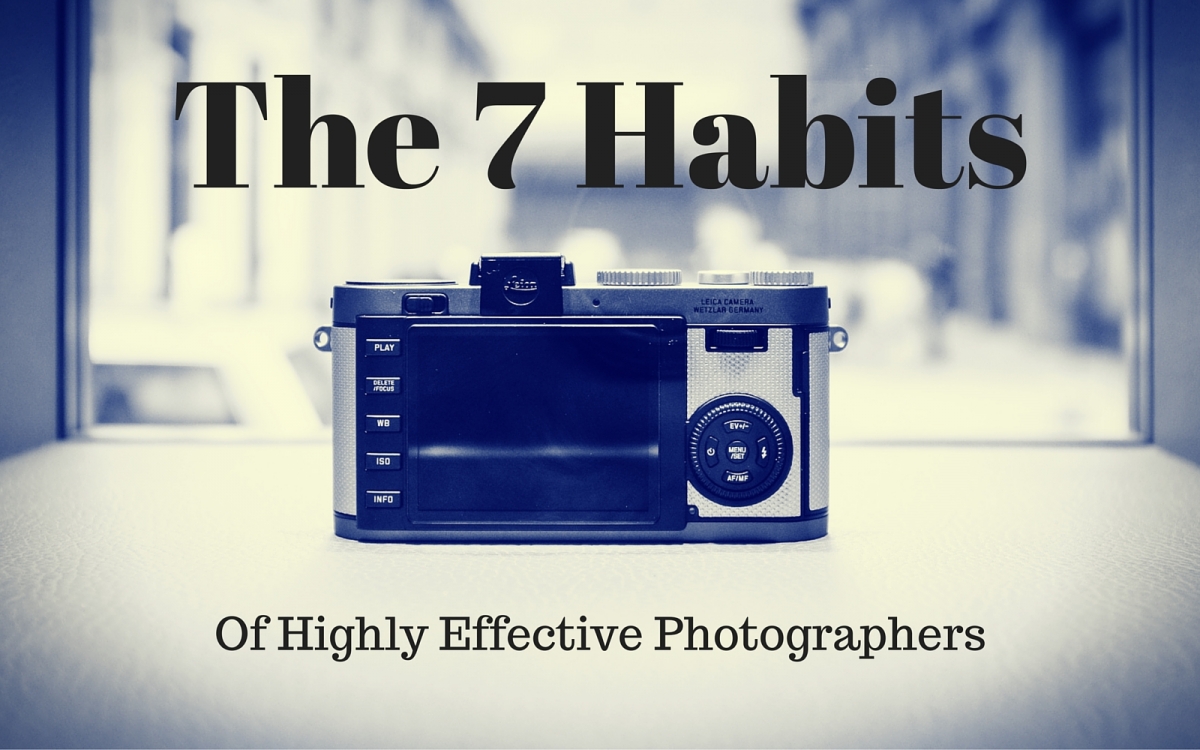
I hope the heirs of Stephen R. Covey will not sue me for appropriating the title of his book.
There are many books and websites that tell you everything about how to create great images. There are also some great workshops led by amazing photographers.
Myself, I have created a number of blog posts and videos about technique and composition and my bookshelf is replete with books about photography, in addition to books of photographs. Amazon just delivered a couple more that I still have to begin reading. If one wants to start taking photographs, not just vacation snapshots, all the required knowledge is readily available.
What I think is not so easy to find is information about how to nail the shot every time, consistently and reliably. What is even more lacking is advice about getting seen and recognized that is not overly general.
I love looking at what the popular artists are doing and trying to analyze why they are successful. Over the years, I have begun to see some recurring patterns, things that effective photographers invariably do. The accent here is on effectiveness, which I define as the ability to create great work and to have it appreciated by as many people as possible.
On the other hand, if you are the Van Gogh type, who creates for himself or herself and doesn’t care about reach, then maybe this list is not for you.
So without further ado, here’s the list.
1. Know your camera like the back of your hand

In order to get the best shot in every situation, it is essential to be so familiar with the camera that one can change any setting without even looking at it.
Aside from shooting as much as possible, a useful training you can do consists in putting the camera inside a bag and then trying to change a particular setting with your hand inside it. Repeat this exercise for the most important settings until you become able to change them reliably in the dark.
2. Practice, practice, practice
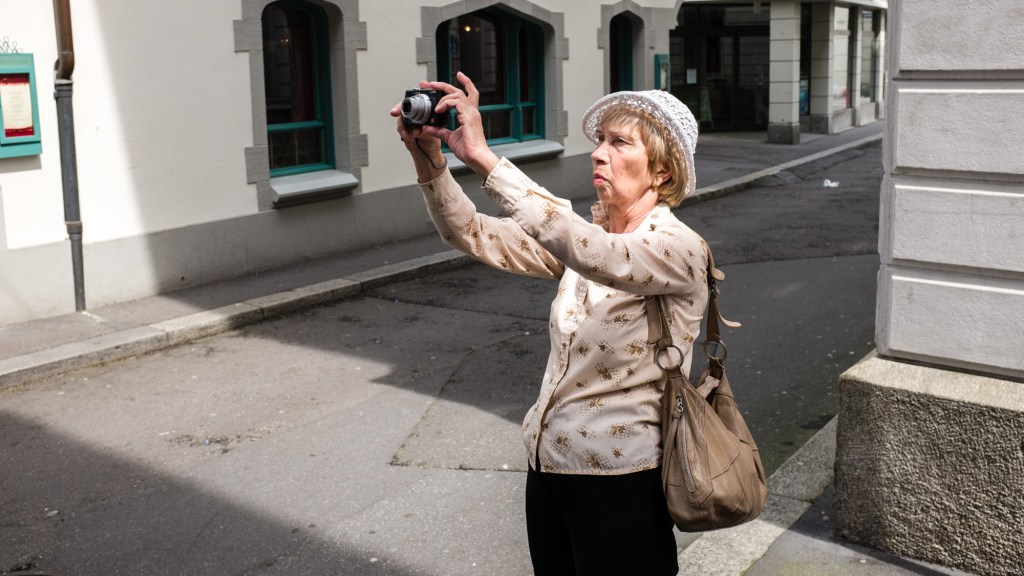
Some people are natural-born artists. Some. Maybe one in a thousand. The rest of us have to get better through perspiration.
Malcolm Gladwell’s 10,000 hours rule has come under a lot of fire recently and I am not convinced there is anything magical in that number, but there’s no denying that deliberate practice is the name of the game.
If you’re still not convinced, listen to Henri Cartier-Bresson:
Your first 10,000 photographs are your worst.
3. Go the extra mile
You want to become an effective photographer? Good. Just keep in mind that there are sacrifices to make, like getting up at ungodly hours to catch that sunrise or staying outside when everybody else is already sitting at dinner. As travel photographer Ken Kaminesky says:
Take it from me, you’ll never regret going the extra mile to get that next cool travel photo. Chances are you’ll not just have a great new images to be proud of but pushing yourself to see and experience more can lead to some really nice memories and life experiences. These are just a few of the reasons to love photography.
4. Be a master of post-processing
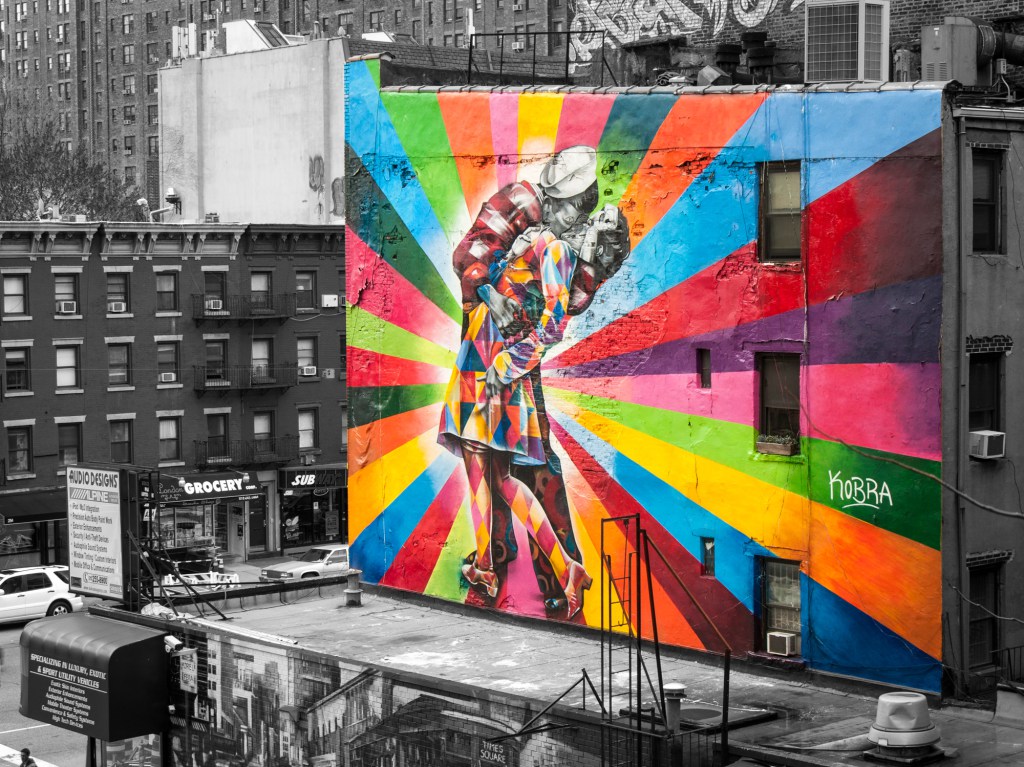
While the straight-out-of-camera (SOOC) esthetic certainly has something going for it, the harsh reality is that a photograph isn’t finished until it’s been developed and processed. (Once upon a time, I would have said that a photograph isn’t finished until it’s printed, but times have changed.) It could even be argued that a SOOC photograph is just one that’s been minimally processed in camera.
Anyone nowadays can do a decent job at post-processing, what with the plethora of cheap and incredibly good software that is available and the huge amount of educational material on the subject. To stand out from the rest, you need to become really good at it and again, there is no substitute for the willingness to learn and a lot of practice.
5. Get inspired by your peers
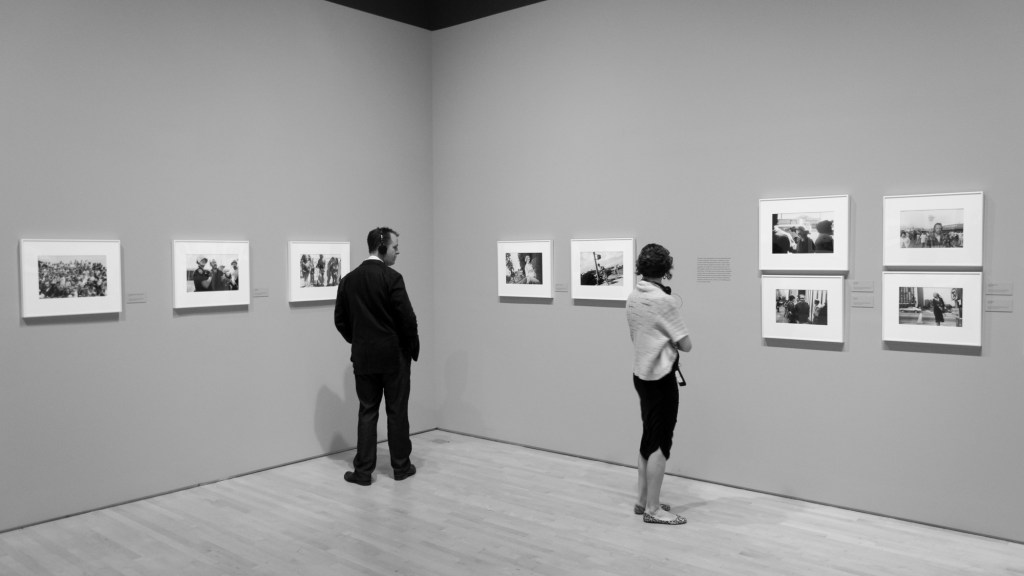
No artist grows in a vacuum, so you cannot grow without looking at a lot of your peers’ works, be it in books, exhibitions and ever increasingly online.
Looking at great images, however, is once again only one of the things you should do. If you want to be an effective photographer, you need to look at what other effective photographers are doing. Maybe it’s one or more of the things on this list.
6. Share your knowledge
I can name very few great photographers who aren’t willing to share their knowledge. I am sure there are some who look after their set of skills like a trade secret, but they easily end up being obscure.
Make a habit of giving away freely what you have learned and you will reap what you sowed a thousandfold.
7. Be a marketing genius
Many people live under the illusion that the life of a professional photographer is made up of a long string of back-to.back shooting sessions, with maybe a little bit of post-processing in-between. The reality, as many have told me, is that shooting and retouching takes up between 10% and 20% of a pro photographer’s time. The rest is devoted to business and a big chunk of this to marketing.
The good news is that social media gives us a set of great marketing channels that are, for the most part, absolutely free. Learn marketing and especially how to market effectively on social media.
At this very moment, I am engrossed in reading Scott Stratten’s book UnMarketing: Stop Marketing, Start Engaging. It’s not just an informative read, but is also funny and entertaining. Highly recommended.
Conclusions
This is a somewhat arbitrary list and there is no particular reason why I stopped at seven, if not to be able to repurpose the title of Covey’s book. I am sure one could think of a completely different list of six or eight equally valuable items. But one has to start somewhere and I think those points are pretty darn important. Maybe I will do another list in the future and your feedback would help me a lot with this.
Do you agree with this list or not? What would you add or remove? Join the conversation and let us know in the comments section below.
Now, this is just a condensed list of theoretical principles that you can read, try to keep in the back of your mind and soon forget, with very few actionable items. I realize it needs to be something more, so I am going to expand a bit on each habit in the future, maybe giving you a list of exercises for you to practice and a set of goals to measure your progress. We could call this the 7 Habits Photography Bootcamp, if it’s not a trademarked name. Stay tuned!



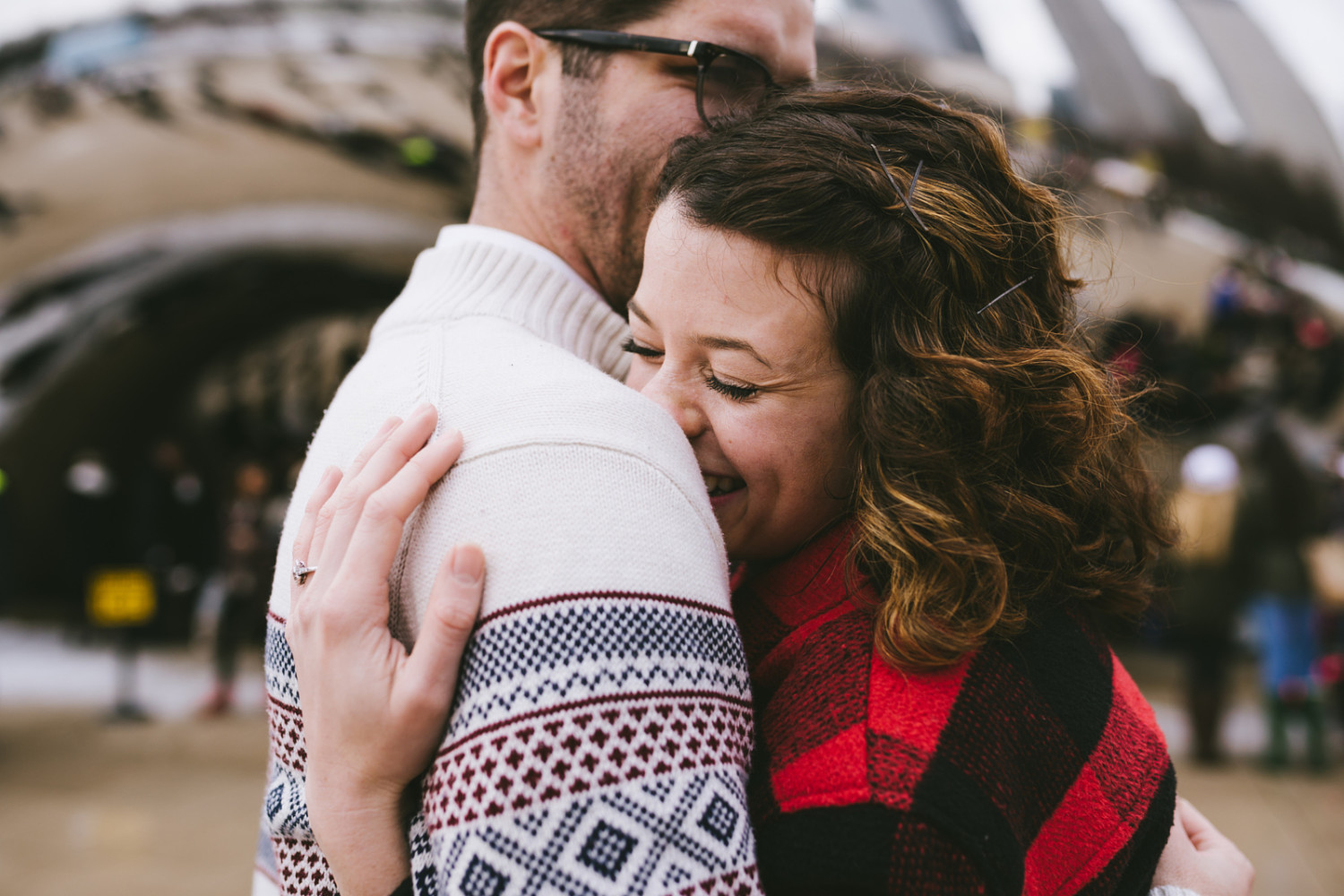



Leave a reply